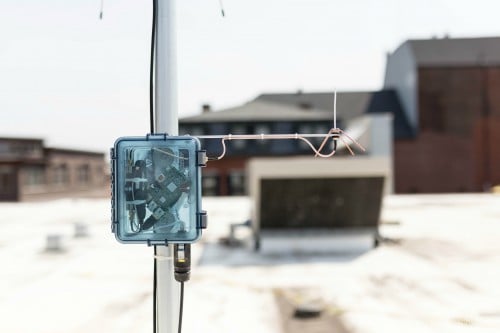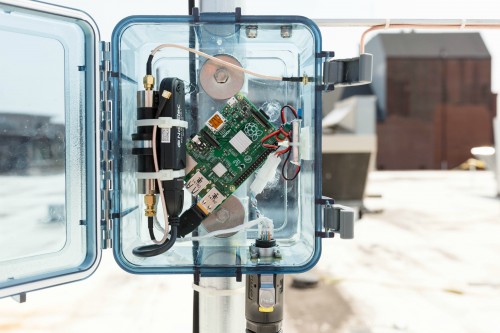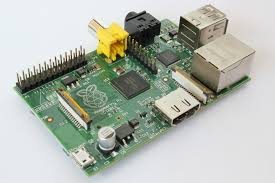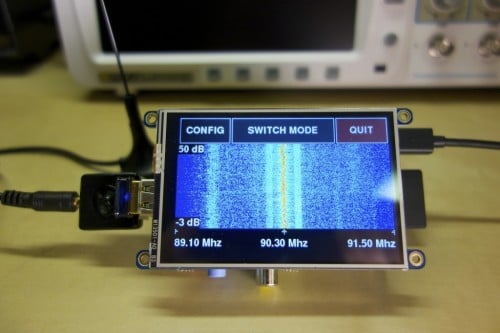SDRRecorder – A Linux Script for Recording an IQ Stream at a given Date and Time
Programmer MichelinoK has just released another one of his projects. This one is called SDRRecorder and is a Linux bash script that can be used to automatically record an IQ stream of any frequency and length at a given date and time. MichelinoK writes that he uses this script to automatically record International Space Station (ISS) passes at 145.8 MHz on his Raspberry Pi which is always powered on.
The script can easily be run by first editing the script to specify the frequency, dongle number, gain, PPM offset and destination folder. It can then be run by calling is with the start time, date, length and output file name. He also writes that you must be careful to not record for too long as long IQ files can use up a lot of disk space. To overcome this he uses a networked attached storage (NAS) device which is similar to an external hard drive.






